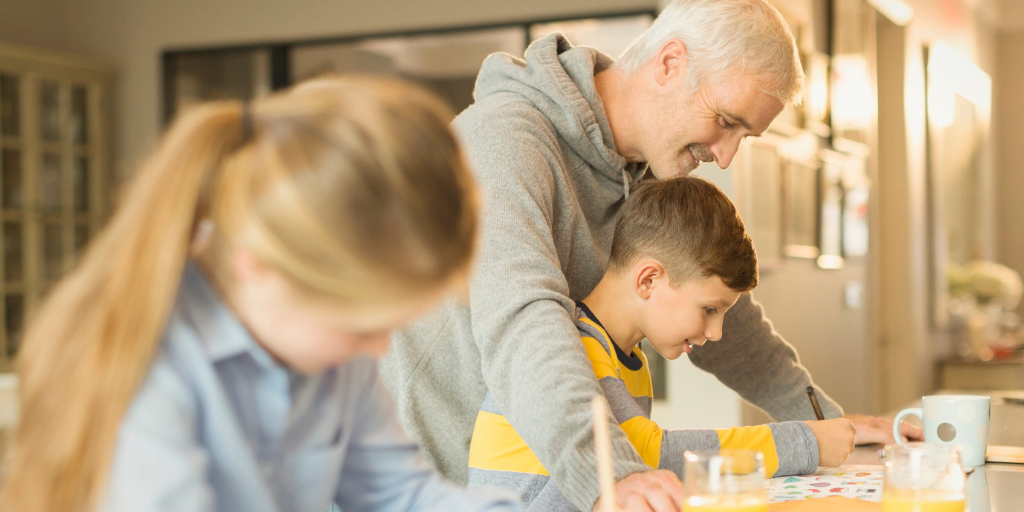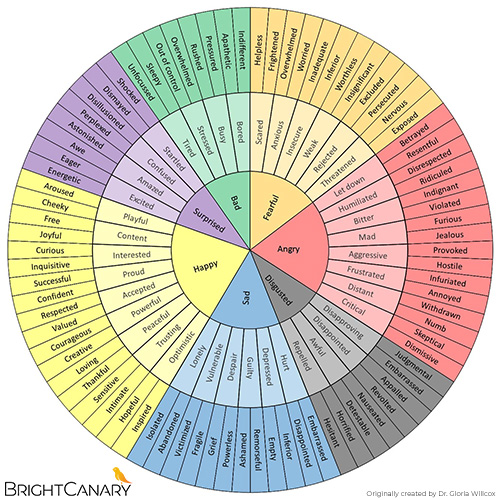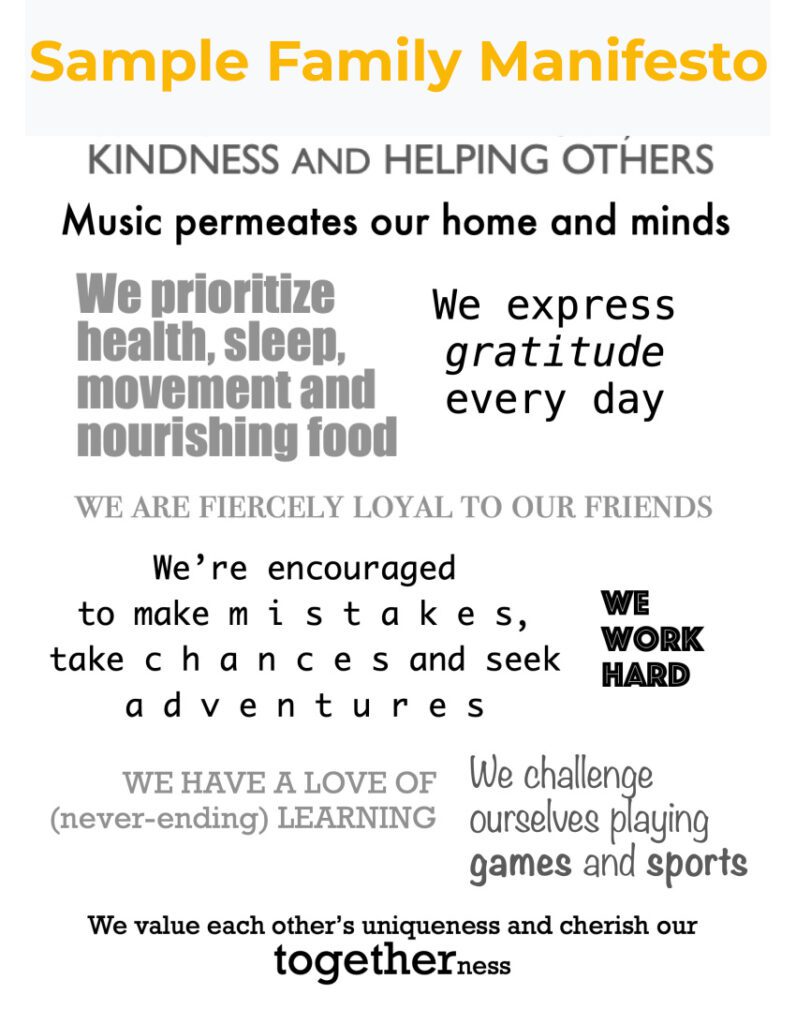
If you’re a parent with school-age kids, it’s likely they benefit from a more holistic approach in the classroom than when you were a student. In addition to reading, writing and arithmetic, a methodology called Social-Emotional Learning is now regularly taught in classrooms.
Wondering what exactly Social-Emotional Learning means? We define it below, explain how it’s practiced in the classroom, and provide strategies so you can glean its benefits at home.
Social-emotional learning (SEL) is the process of helping students increase self-awareness, develop empathy, identify and manage emotions, control behavior, and make responsible decisions. SEL methodology is based on five core competencies:
A school’s Social-Emotional Learning curriculum involves the weaving of these competencies or goals into its teaching practices and strategies. For example:
According to the Collaborative for Academic, Social, and Emotional Learning, incorporating SEL in the classroom has resulted in greater resiliency and academic success for students, healthier relationships between students (i.e. less bullying), and overall more positive, calmer, self-aware kids with better coping skills.
If all of that sounds good to you (it does for us!), check out the ideas below for incorporating SEL activities at home.
Extend the benefits of the social-emotional learning taught in schools by practicing these SEL strategies at home.
One of the most effective techniques to help kids with emotional regulation is to have them label their emotions — without shame or judgment. Dr. Dan Siegel, author of “The Whole Brain Child,” coined the catchy phrase, “Name it to tame it.”
When we name our emotions, we automatically reduce the power they have over us. No emotion is a “bad” emotion. It’s important to separate our identity from our feelings — we are not our emotions. Instead, if we accept our emotions, calling them for what they are, we can feel and process them, change them (if desired), and make good choices about what to do with them.
Consider utilizing a “Feelings Wheel” to help your child analyze how they’re feeling and label for emotion. Psychotherapist Dr. Gloria Wilcox, designed the Feelings Wheel, which uses concentric circles to visually group emotions. Primary feelings (Happy, Surprised, Bad, Fearful, Angry, Disgusted, Sad) are outlined in the center, and two outer circles contain secondary feelings.

The process alone of taking a breath and reviewing the myriad emotions on the Feelings Wheel can bring a sense of calm and perspective.
You can get a printable version of the Feelings Wheel here.
Nurturing a family unit that is safe, familiar, and emotionally secure is necessary for children to accept their authentic selves. Developing an environment where all members feel valued, understood, and included will allow kids to confidently speak their truth, take chances, and try new things.
Some ways you can create a sense of belonging within your family include:
Hold a weekly family meeting. Solicit input from all family members on the agenda, and keep your meeting light and fun. Perhaps hold it while enjoying a favorite meal, or follow it with a movie and popcorn. Use the time to give each other compliments or discuss upcoming school performances, sporting events, or family vacations.
Develop a Family Manifesto. Brainstorm and document what’s important to your family. Your family manifesto will be unique to your family. It can begin with a phrase such as, “In our family, we value…” Use an online template or create one of your own. Print and frame your manifesto, and use it as a reminder of your shared values and beliefs.
As an example, my family’s manifesto is shown below:

Lead with empathy. In everyday life, as much as possible, lead with empathy and practice active listening. Be curious about your child’s feelings, activities, struggles, and joys. Ask questions without judgment, and show your child they’re being heard.
Follow the 5:1 rule. As much as possible, reinforce the positives on a regular basis. When you can, follow the 5:1 rule of five positive remarks to every negative comment.
When emotions are uncomfortable or overwhelming, it’s often difficult to remember tools or strategies to help us feel better. A handy “Feel-Good Plan” that’s created ahead of time can be referenced in those times of need.
A Feel-Good Plan may begin with the phrase, “When I feel overwhelming emotions, I can try one or more of the following…” The plan can be as simple as a handful of bullet points that you jot down or type and print.
Ideally, your and your kids’ Feel-Good Plans will not include screen-time or activities that dampen emotions or allow you to avoid hard feelings. Positive feel-good strategies may include:
As parents, we’re not immune to big feelings. Parenting can be frustrating and bring on tough emotions. Engaging in SEL techniques to calm our emotions will benefit us and our kids. Take a deep breath. Identify your emotion. (Refer to a Feelings Wheel, if required!) Process and accept the emotion. Then, responsibly decide how you want to react. Offering a hug, by the way, is usually a good answer!